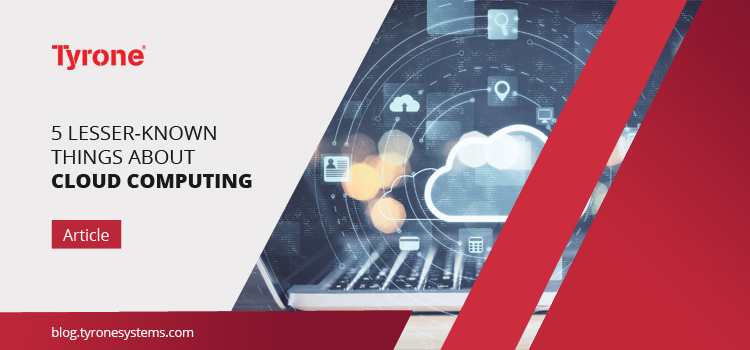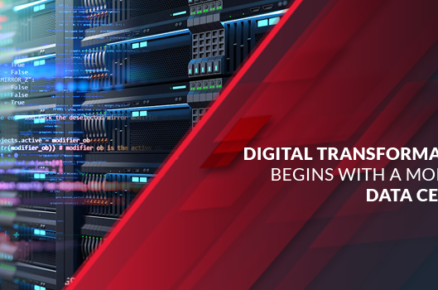Nowadays, everyone is using cloud computing and it is now a very popular technology that is finding a lot of technological leverage and investments for adopting more and more businesses. From tech companies to the pizza places down the block – cloud computing technology and IoT has made its way into virtually every industry and sector in the world. However, no matter how widespread it seems, not many people know that much about the intricacies of this impressive technology and a lot more have many misconceptions as well.
To put it in simple words – cloud computing is an act of using an interconnected network of Internet-hosted remote servers to manage, mitigate risk, store and process data. In the world of cloud computing, data is accessed through the Internet rather than via a computer’s hard drive. Because of this process and functionality and also flexibility, cloud computing is often considered as a type of an insurance policy, should a computer have a system crash or suffer a catastrophic hard drive failure. Cloud computing is used for almost everything from banking, documentation, to data sharing and, because it allows multiple computers on a local network to access data, it has also become a very popular technology among companies of all sizes and staffing levels across many industries.
1.Majority of companies depend on Third-party vendor’s cloud strategy:
It is very interesting to learn that a small amount of companies have a perfectly formed and robust cloud strategy. A large number of big companies simply depend on the cloud services provider to present a complete and formalized cloud strategy to the company. This shows how much cloud computing services are in demand by various types of companies, who place their complete faith in their cloud vendors.
2.Network optimization:
Using third-party hosted cloud services gives you an opportunity to move your network processes off-premises, thus improving the availability and reliability of the connection. Tapping into the cloud, you can prevent system outages with real-time analytics. Additionally, with load balancing, you can improve latency across geographic locations. This ability could be very relevant for organizations with multiple office branches because it allows you to deliver infrastructure from a location that’s as close as possible to the user rather than a central data center.
3.Other cost savings:
There is no doubt (and plentiful proof) that using cloud computing resources can save you money on both a personal and a business level. The cloud can also save you time.
Example 1: In the past, when you wanted to rent a movie, you would have to get in your car, drive to the video store, select the video, pay, drive home again, then pop it into your player to watch it (and hope it wasn’t damaged in some way). Today, you can hop online, order the video to stream with one click and start the film right away!
This example, while simplistic, holds as true in business applications.
Example 2: You have 1,000 photos you need to store somewhere. In the past, you would need to purchase an external hard drive (in the $50-$100 range), plug it into your computer, install the software, then plug in your digital camera, transfer the photos and re-check to make sure they were on the hard drive. Today you can snap, snap, snap away without even thinking about it, and if you need more photo storage space, Apple will sell it to you for $0.99 a month….on its cloud.
4.Risk management and security:
There are a few ways a hybrid cloud can help you manage risk and improve security. For example, a hybrid model lets you test a few noncritical workloads before moving more critical applications to the cloud.
You can also keep sensitive data on-premises on a dedicated infrastructure. This gives you more control and can increase your network security with a direct connection instead of a public connection. Having a more varied cloud environment helps you avoid vendor lock-in, so it’s easier to migrate to another provider if and when you need to.
5.You don’t need to update your hardware to use cloud software:
One of the best perks about using cloud computing for solopreneurs and small businesses, in particular, is that, to a point, it doesn’t really matter how old your hardware is or what version of office software you are running on it. When you access cloud computing resources, you are using the application’s own web-based software to do so.
So the only requirement you bear is having a fast enough internet connection with sufficient bandwidth to do the activities you need to do online.
Ready to adopt cloud platform? Tyrone will help you migrate your workload from other platforms to Compute Cloud Platform on a consultancy or per-workload basis. https://netwebcsp.com/openstack/












